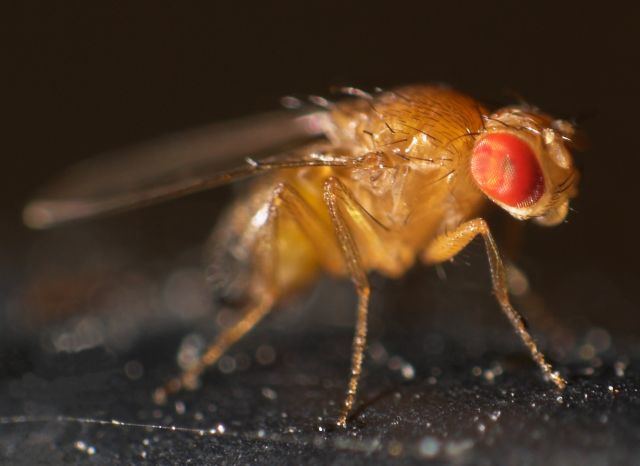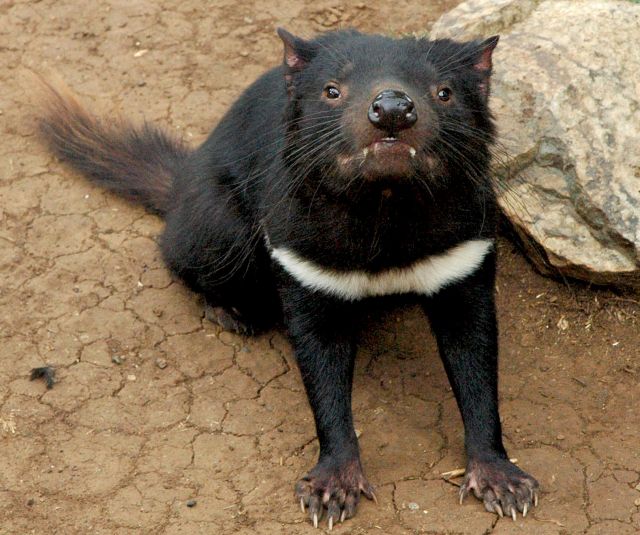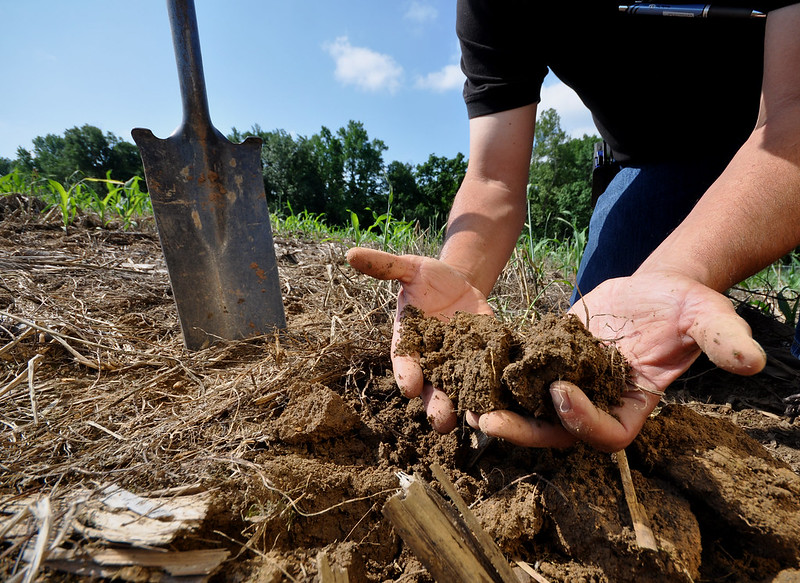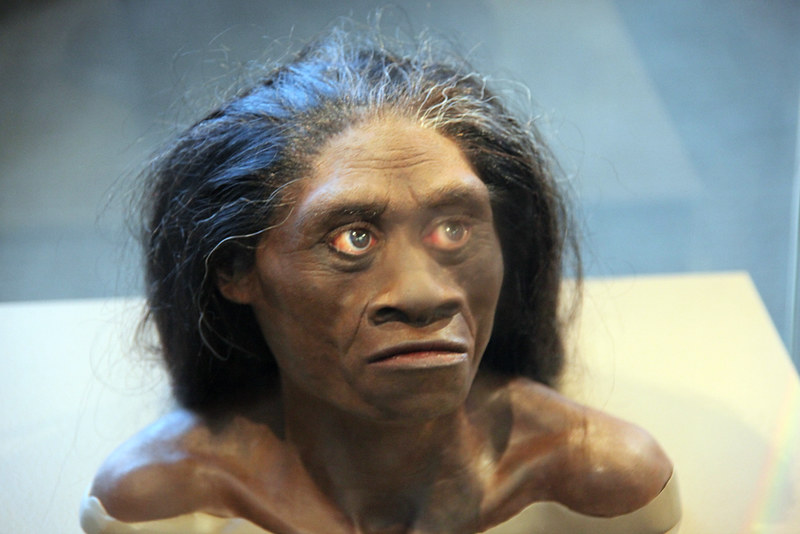Last summer, I found a way to get my genome sequenced–and to get my hands on the raw data.
I then enlisted a couple dozen scientists to join me on a trip into my DNA, pushing beyond standard genetic counseling to discover the weirdness the lurks in all our genomes. I encountered ancient viruses, Neanderthal genes, broken genetic switches, and genes that protect me from diseases.
The experience was so rich and rewarding that I ended up writing a three-part series about it for Stat. The first part will come out on Stat Monday morning. The next two will come out the following Mondays. I hope you enjoy it! (And for scientists and other genome junkies, I’m going to set up a parallel site where all the data will be freely available.) Continue reading “Friday’s Elk, July 8, 2016”



